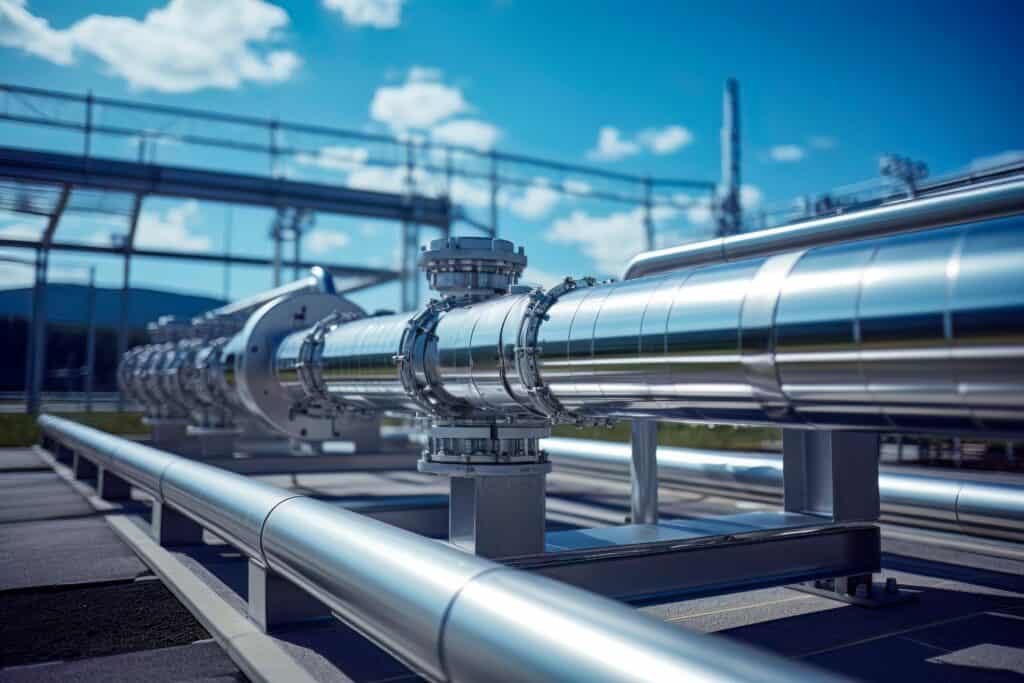As we transition to a clean energy future, many people wonder if oil and gas pipelines are a thing of the past.
The answer to that question lies partly in another question: “what’s in the pipeline?”.
Since Canada’s first pipeline was built in 1853, they have played a role in the everyday lives of all Canadians. Aside from transporting crude oil, they are used to deliver the natural gas that heats our homes, provides cooking fuel and more. Plus, they transport the gasoline, diesel and aviation fuels that keep us on the move and the refined petroleum products that act as feedstocks for manufacturing.
Experts agree that we will continue to rely on fossil fuel energy for many decades yet to come. According to the Energy Transitions Commission fossil fuels could represent as much as 60 per cent of primary energy consumption by 2040, compared with 85 per cent today.
Pipelines in the low (or no) carbon energy future
Despite our continued reliance on fossil fuels, pipeline operators are working hard to support the journey toward a low/no carbon future.
Pipelines are already being used for transporting captured carbon, and to transport hydrogen energy.
Carbon capture, utilization and storage
CCUS is widely recognized as crucial in reaching net zero. The carbon emissions are captured from hard to decarbonize industries such as cement and steel production, and then either stored safely or re-used. Considerable research has been conducted on how to repurpose natural gas pipelines to transport the CO2 to storage facilities or end-users.
Hydrogen energy
Hydrogen is a clean burning fuel that produces only water vapour as a by-product. Because it doesn’t occur naturally as a free cell it has to be produced either from natural gas or biomass, or by passing an electric current through water.
As with CCUS, hydrogen blended with natural gas has great potential for helping to reduce carbon emissions from hard to decarbonize industries.
Hydrogen can be transported in new, dedicated hydrogen pipelines, or in retrofitted legacy, natural gas pipelines.
As the energy transition progresses, it seems likely that more and more natural gas pipelines will be repurposed to carry low emitting hydrogen energy, and captured carbon. Stay tuned as we will continue to cover these important developments.




